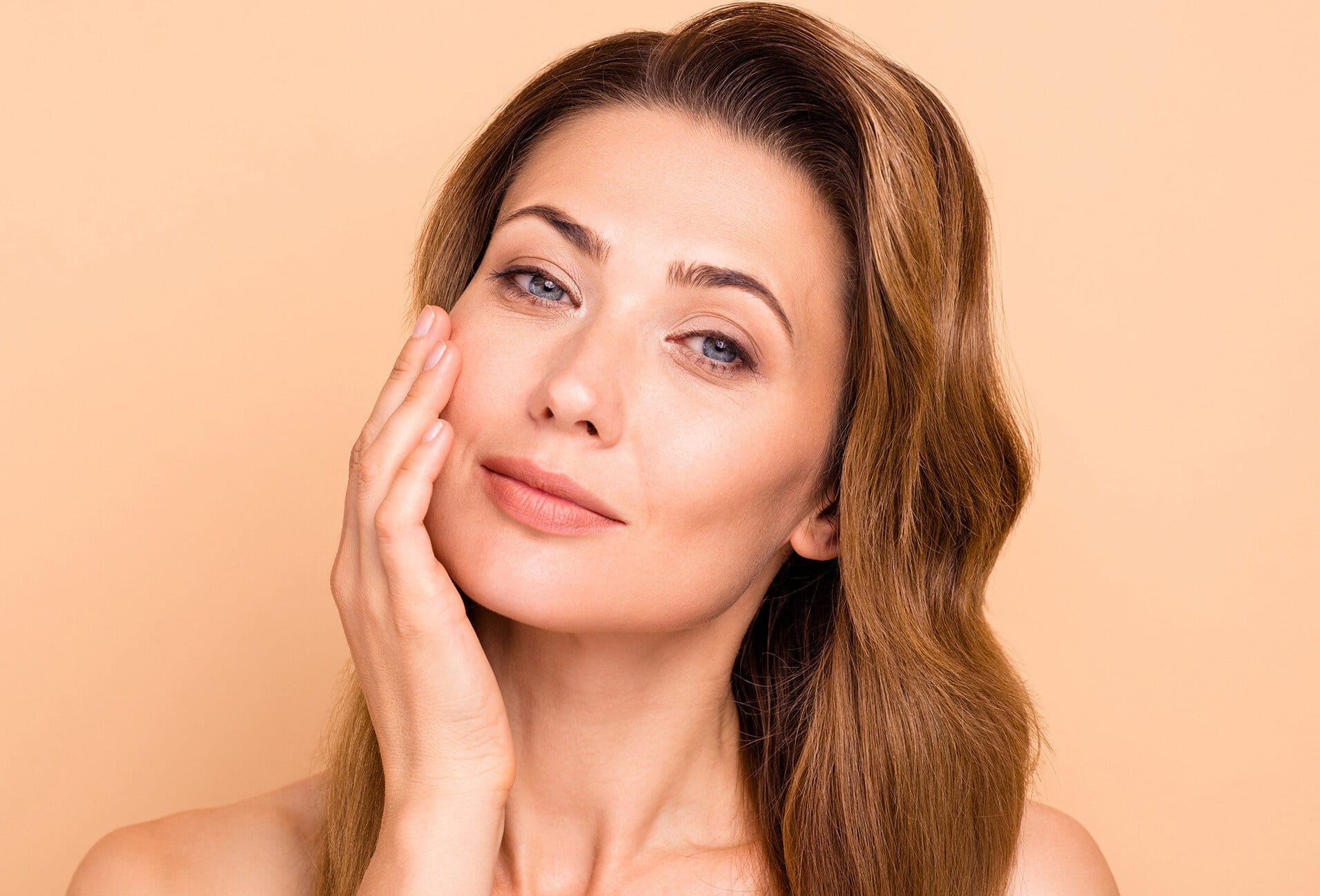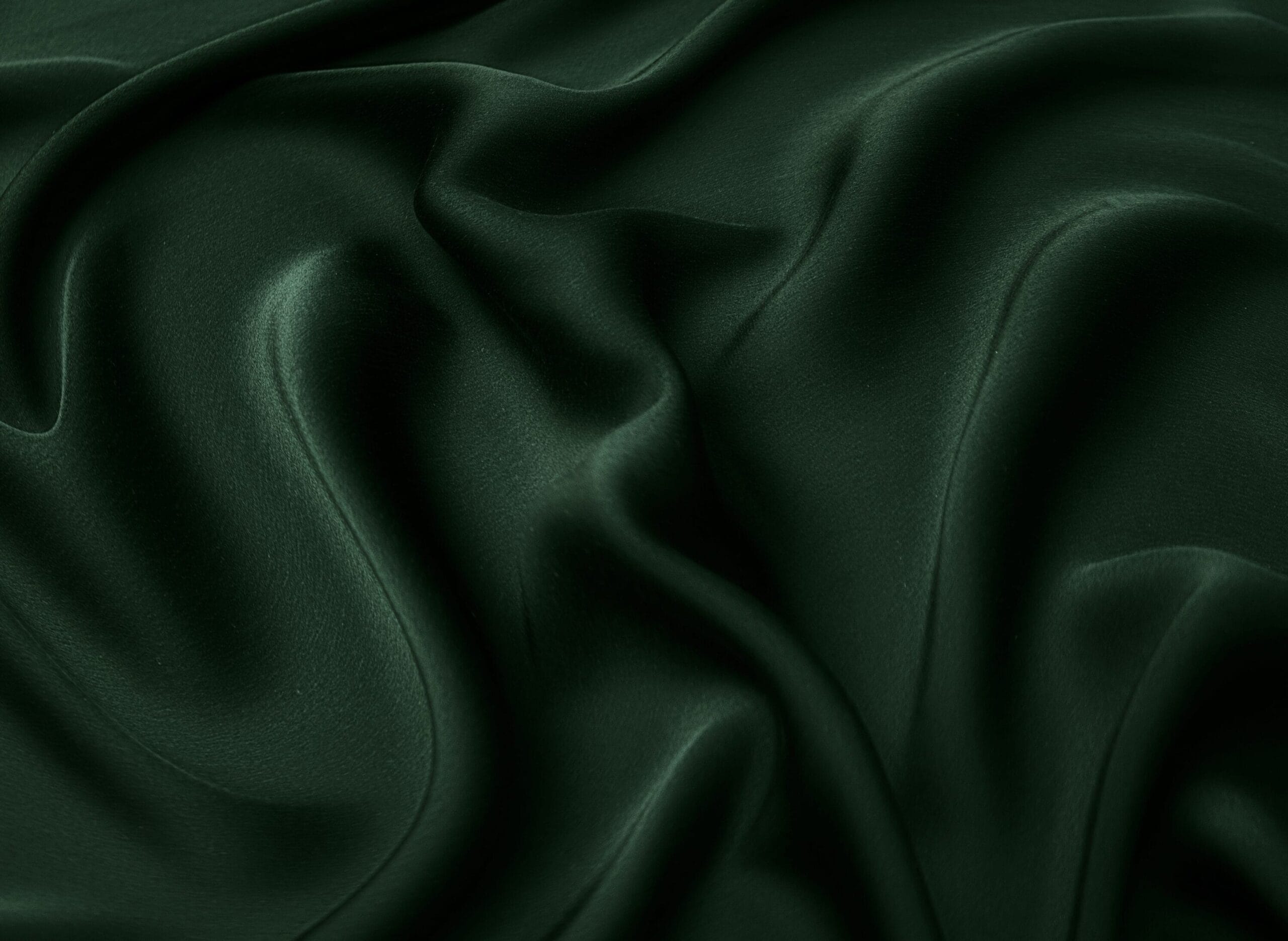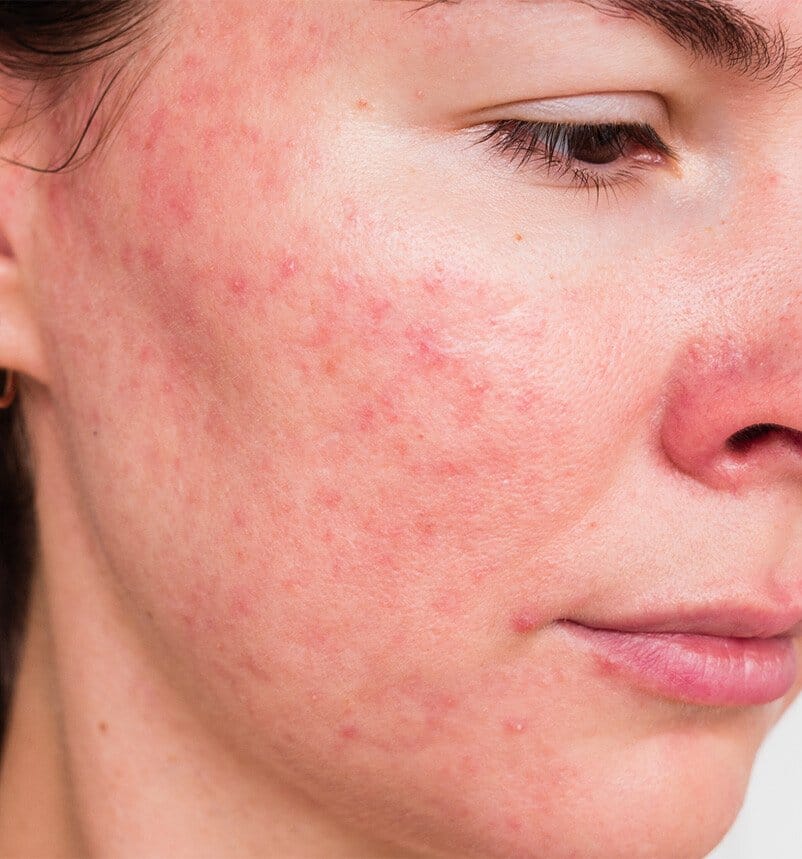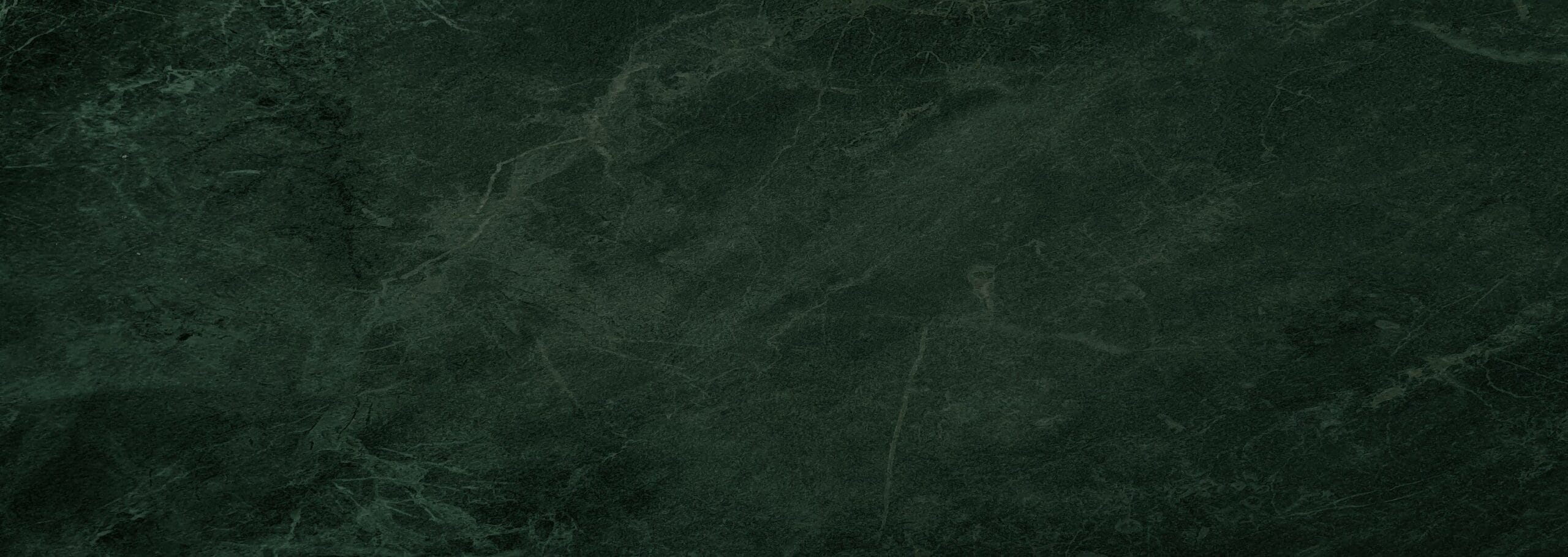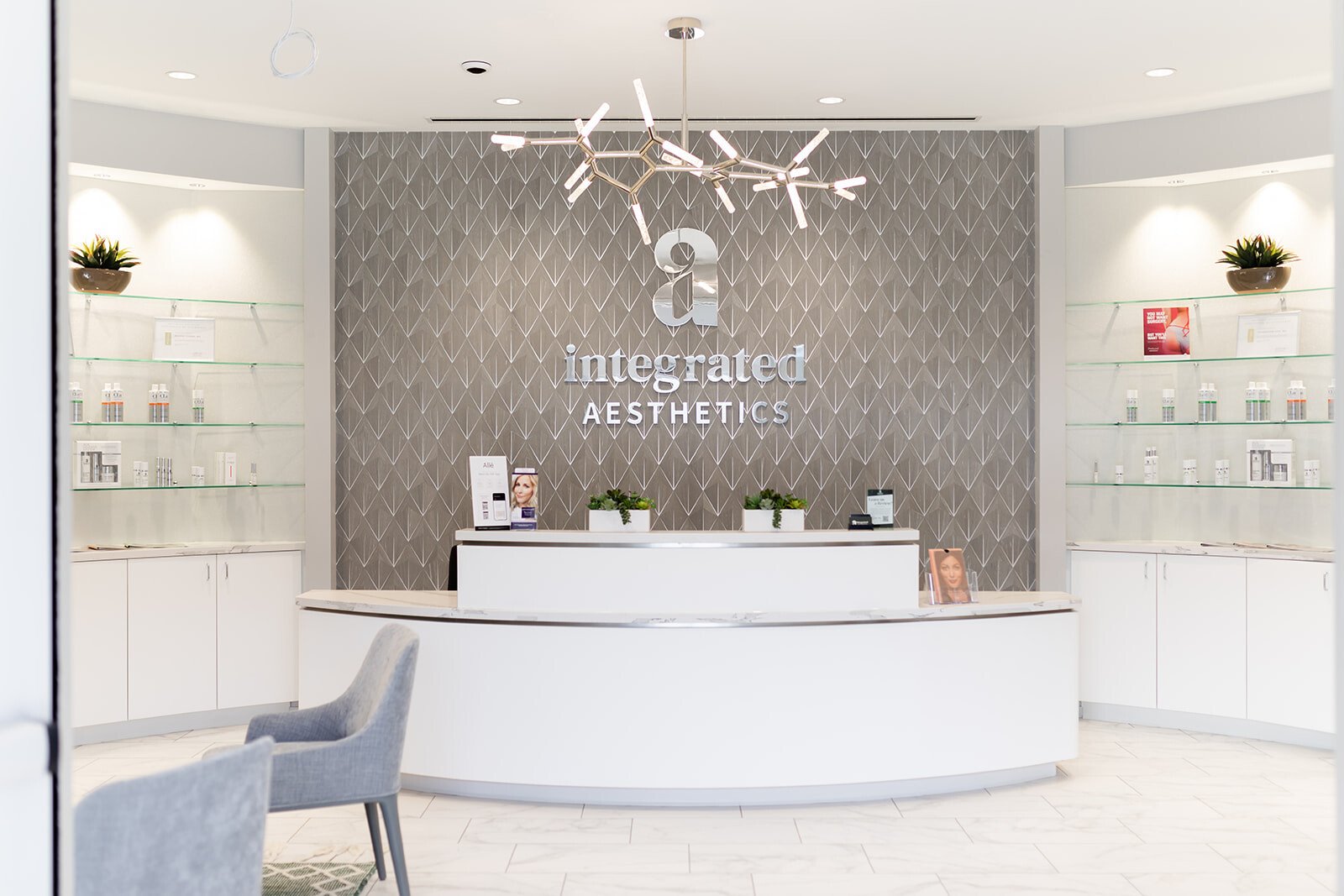Your Treatment Options
There is no cure for rosacea, but it can be controlled. Treatments include lifestyle management, appropriate skin care, oral medications, and light devices. When you visit Integrated Aesthetics, Dr. Chiang will get to know the details of your case, educate you on the options that are available to you, and work with you to craft a customized treatment plan.
Lifestyle Management
If you have rosacea, try to identify triggers for flushing. These can include hot showers, hot beverages, spicy foods, and alcohol.
Skin Care
A skincare regimen that does not irritate the skin is vitally important. A typical skin care regimen includes a gentle cleanser, moisturizers to help restore the skin’s barrier function, and effective sunscreen. In addition, topical medications, such as sulfur, metronidazole or ivermectin, can be very helpful in reducing acne-like lesions and overall rosacea activity.
Oral Medications
If acne-like lesions or eye involvement are part of rosacea, doxycycline or minocycline can be beneficial since they are anti-inflammatory. If rosacea is very severe, your dermatologist may consider Accutane.
